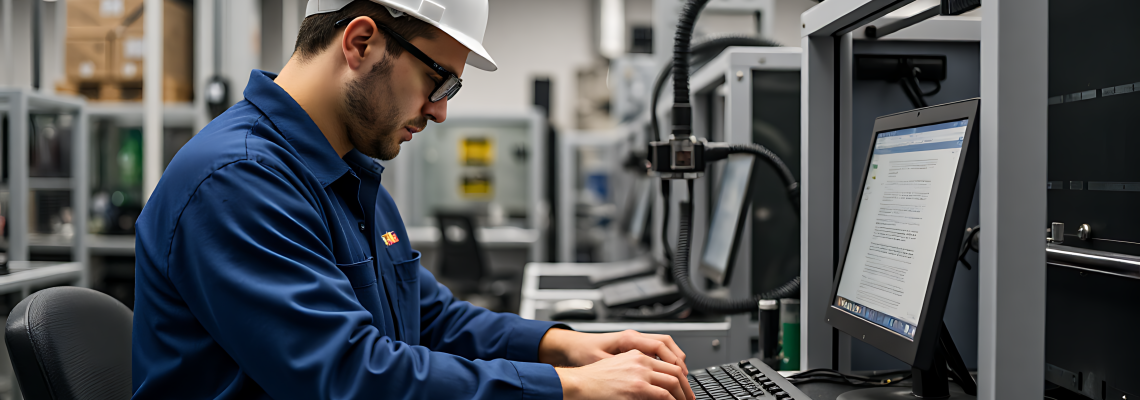Real-Time Monitoring & Insights
AI-powered analytics enhances industrial efficiency by continuously analyzing machine data, IoT sensor inputs, and production metrics. With real-time monitoring, manufacturers can detect inefficiencies, reduce downtime, and optimize resource utilization without manual intervention.
Predictive Maintenance for Maximum Uptime
By using machine learning algorithms, AI predicts equipment failures before they occur. This enables predictive maintenance, helping manufacturers reduce unplanned downtime, extend machine lifespan, and optimize maintenance schedules—leading to higher productivity.
Process Optimization & Automation
AI-driven analytics identifies bottlenecks, automates repetitive tasks, and suggests process improvements. By implementing AI-powered automation, industries can achieve cost savings, enhanced workflow efficiency, and lower energy consumption.
Advanced Quality Control with AI
AI integrates computer vision and anomaly detection to automatically identify defects, inconsistencies, and process deviations in manufacturing. This improves first-pass yield, reduces human inspection errors, and ensures high product quality and compliance.
Data-Driven Decision Making for Industrial Growth
AI-powered analytics integrates with ERP, MES, and supply chain management systems, providing real-time insights for demand forecasting, inventory management, and cost control. Businesses can make smarter, data-driven decisions and improve supply chain resilience.




